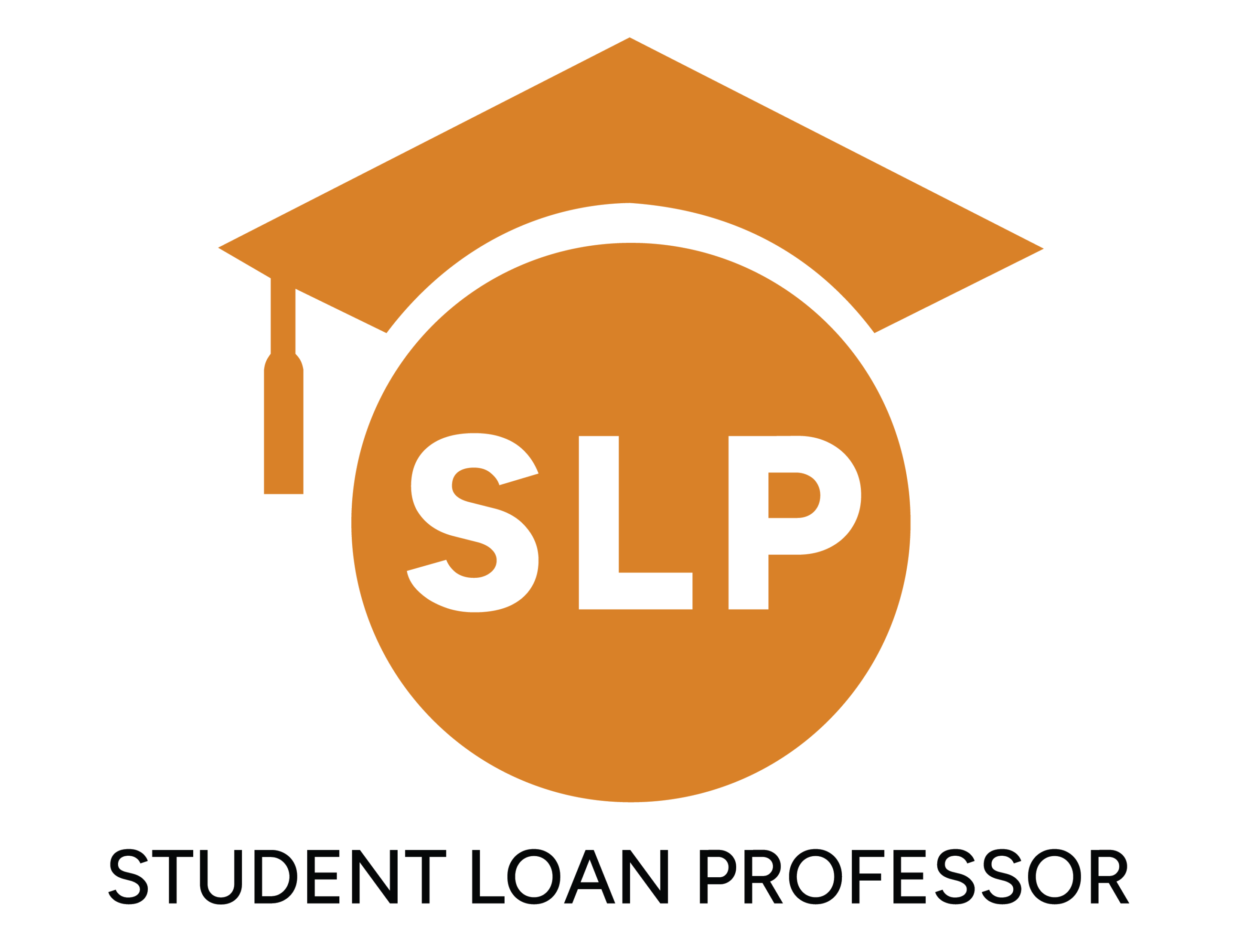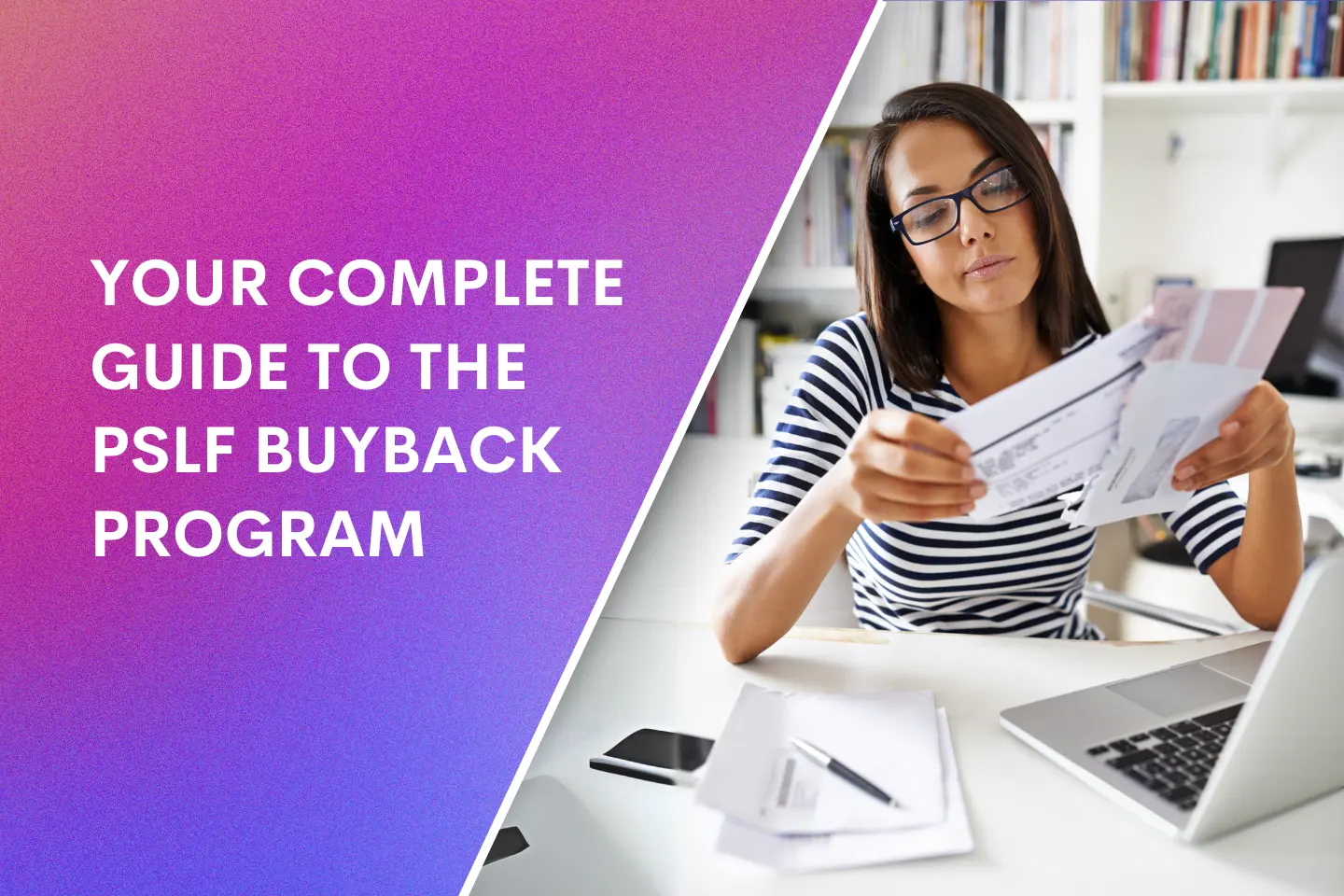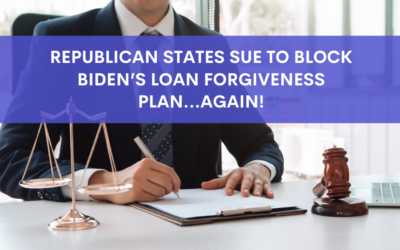The PSLF Buyback Program is a specialized extension of the Public Service Loan Forgiveness (PSLF) initiative, designed to help eligible borrowers retroactively count missed payments toward loan forgiveness
This article focuses on how the buyback works and how you can benefit from it.
Initially, the Public Service Loan Forgiveness (PSLF) program was designed as a way to forgive the remaining balance of Direct Loan borrowers who meet certain criteria.
However, significant administrative errors and initial eligibility constraints have created the need for a reform of the original program, including the Limited PSLF Waiver and Biden’s 2023 account adjustment.
The PSLF Buyback is included in the reforms introduced in 2023. Check if you’re eligible and follow the steps outlined below.
Key Takeaways
- PSLF Buyback retroactively credits missed payments for loan forgiveness eligibility.
- Eligible public service workers can “buy back” months from forbearance or deferment.
- Requires proof of 120 months of qualified employment and specific repayment plans.
- Upfront payment accelerates forgiveness but may strain financial stability.
PSLF Basics You Need to Know for the Buyback Program
The Public Service Loan Forgiveness (PSLF) program forgives the remaining balance on Direct Loans after 120 qualifying payments under an accepted repayment plan while working full-time for an eligible employer, such as a government agency or nonprofit.
Key requirements include:
- Employment with a qualifying employer (e.g., government or nonprofit).
- Enrollment in specific repayment plans like SAVE, PAYE, IBR, or ICR.
- Borrowers must have Direct Loans; other federal loans need consolidation.
Recent updates in 2023 expanded eligibility to include certain deferment and forbearance periods, such as military service, economic hardship, and national emergencies. The Department of Education is retroactively reviewing payment records and notifying borrowers about adjustments that may qualify under these new guidelines.
The Department of Education’s Role
After implementing these updates, the US Department of Education began reviewing the payment counts for all eligible PSLF borrowers.
Essentially, they looked at the payments made and notified loan servicers to update accounts if some previously uncounted payments were eligible under the new guidelines.
PSLF Buyback: How It Really Works
The PSLF buyback program requires borrowers to have 120 qualified monthly payments under an accepted repayment plan (such as SAVE, PAYE, or IBR) in addition to eligible employment.
Now, the buyback can extend eligibility by allowing some PSLF borrowers to “buy back” certain months in their payment history that previously didn’t qualify because of forbearance or deferment.
Still, the new program contains many layers, and it’s essential to understand the exact steps to know if you qualify and what you could get in return.
Let’s look at some of the most important layers:
Who Is Eligible?
Those working in public service can apply for the buyback program if they meet these criteria:
Loan
Only Direct Loan borrowers are eligible. If you have another type of federal loan, you’ll need to consolidate it into a Direct Loan first. You also still need to have an outstanding balance on your loan.
Note: borrowers who have consolidation loans can buy back months only on the current consolidation loan. These borrowers cannot buy back months from the loans included in the consolidation loan or for any period prior to the first disbursement date of a consolidation loan.
Employment
Both the original PSLF and Buyback look at who your employer is, not necessarily your job title. To be eligible, you need to work for a government body or nonprofit.
You also need at least 120 months of qualified employment. Otherwise, not only will you be ineligible to buy back months, but you’ll also be ineligible for the PSLF program.
Payments
To qualify, buying back those lost months must enable you to reach the 120-payment requirement; otherwise, your application will be denied.
How Much Can You Buy Back?
The amount is calculated based on the number of eligible missed payments, incorrect repayment plans, and service errors.
For example, if you were on the wrong repayment plan for 12 months but worked for an eligible employer, you may be able to retroactively qualify for those 12 months and receive credit through the Buyback request.
PSLF Buyback in Context
Let’s assume you’ve worked in a public school as a teacher for the last 10 years. You have $60K in federal student loan debt and spent 24 months in a forbearance period and deferment because of some financial struggles.
This means you don’t qualify for the PSLF program since you lack the necessary 120 payments. But if you can buy back those 24 missed months, you can become eligible.
Let’s see how this would work:
| Employment History | 120 months (10 years) |
| Payments made | 96 months (8 years) |
| Months in Forbearance/Deferment | 24 months (2 years) |
| Loan Balance | $60,000 |
| Repayment Plan | IBR |
| Average IBR Monthly Payment | $150 |
| Buyback amount calculation | Months in Forbearance/Deferment x Average IBR Monthly Payment |
| Buyback amount | 24 months x $150 per month = $3,600 |
| Savings | $56,400 |
In this illustration, after making the $3,600 payment, the remaining loan balance will be forgiven, resulting in savings of $56,400.
Note: This is an example calculation, and real amounts can vary based on borrow history.
How to Apply for PSLF Buyback: 4 Key Steps
Although the buyback request requirements may appear complex, completing them can be worthwhile. It allows you to make a small upfront payment and wipe out the remaining student loan balance.
Here are the steps you need to take to make that happen:
Step 1: Certify Any Periods of Qualified Employment
The program is only available to eligible public service workers, so the first step you should take is to make sure your employer qualifies.
If you work for a government agency or a 501(c)(3) nonprofit, you most likely qualify. However, some other types of non-profits can also be eligible as long as they provide certain qualifying public services.
Use this online tool to check if your employer is eligible.
If your employer qualifies, you’ll need to:
- Fill out the Employment Certification Form (ECF) to officially verify employment;
- Submit the ECF through the PFLF Help Tool or to your loan servicer;
- File the ECF periodically to confirm your employment.
The ECF will ask for information about your employer and your role. Make sure you fill out all the information correctly. Any mistakes could cause your employment to be counted incorrectly.
Step 2: Organize Your Payment Records
Your complete record of student loan payments will show all the qualifying payments you’ve made during employment. Most people don’t really keep a detailed account of them, so here’s how you can collect them:
- Contact your loan services: You can request a full history of your student loan payments directly from the company that issued your loan. Make sure to ask for detailed information, such as the type of loan you have, the payment amounts, when they were paid, and if they count toward PSLF.
- Review the files: Once the service provides the payment history, scan through it to look for any errors, missing payments, or any other discrepancies you notice. It’s important to clarify these with your services before you apply for the PSLF buyback.
Remember that you can always challenge the records with your services if the payments were incorrectly categorized or not applied to your account due to an error. If you do so, keep a detailed record of all communication between you and your loan servicer.
Step 3: Submit PSLF Reconsideration Form
After collecting all necessary documents, use this link to submit a reconsideration request. In it, you can upload any documents that can support your reconsideration request, so if you don’t have them in digital form be sure to scan them beforehand.
You also need to include this statement in your request:
“I have at least 120 months of approved qualifying employment, and I am seeking PSLF or TEPSLF discharge through PSLF buyback. Please assess my eligibility for PSLF buyback.”
Per the StudentAid.gov side, reconsideration requests submitted without the above statements will be viewed as general inquiries about the buyback program and not requests to buy back missed months.
Step 4: If Approved, Pay the Amount
The Department of Education will send you an email if you’re approved with the exact amount you have to pay. You need to make this payment within 90 days of receiving the email.
If not, the agreement becomes void, and you’ll have to restart the entire process. Note that you can make multiple payments to your servicer if necessary as long as you submit the final payment within the 3-month window.
Is PSLF Buyback Right for You?
While the program can be appealing to many borrowers, it’s not without its drawbacks. Let’s look at some of the pros and cons:
PSLF Buyback Benefits
- Faster loan forgiveness: Borrowers can potentially make a lump sum buyback payment and reduce the time it takes to reach the 120-payment requirement considerably or even reach loan forgiveness right away;
- Increasing eligibility to PSLF: Those who were previously ineligible for the forgiveness program may now benefit from it by counting those missed months;
- Interest savings: Borrowers may avoid accruing interest over several years of monthly payments by qualifying for forgiveness sooner.
PSLF Buyback Drawbacks
- Requires a large upfront payment: The amount you need to pay to buy back those months could be too high, especially considering that you only have 90 days to cover it;
- Future financial constraints: The lump sum may force some borrowers to tap into savings or emergency funds, leaving them potentially open to financial difficulties down the line;
- Lengthy, complex process: Previous applicants complain of the lengthy timeline and lack of communication from the Education Department. Since the program is relatively new and likely understaffed, there is no telling how long it will take to review your buyback application.
How to Determine If a Buyback is Right for You
Before you start the process, answer these questions to help you figure out if the buyback agreement is right for your situation:
| What’s your current payment status? | If you’re already close to the 120 qualifying months, you might not need to go through the buyback application. |
| Do you have funds available for the lump sum? | Acquiring more debt or disrupting your present financial stability isn’t necessarily preferable. |
| What are your long-term financial goals? | Achieving loan forgiveness is nothing to ignore, but you should also consider other potential avenues for the lump sum. For instance, would it be better utilized for other debt reductions or your retirement savings? |
Some borrowers have experienced a problem when completing the Employment Certification Form (ECF). The online version of the form often does not allow borrowers to select “Yes, I believe I qualify for forgiveness now and request a forbearance while my application is being processed. I understand this period of forbearance will not count toward forgiveness, if the Department determines I am not yet eligible for forgiveness.”
As we mentioned in Step 3 above, this is an important step. When this is not selected, those who later submit the PSLF Reconsideration Form are unknowingly thrown into limbo, and their form does not get processed.
The best solution we have found is to go back and fill out a paper version of the ECF form found here. This allows you to easily select that statement. After submitting the paper ECF form, proceed to fill out the PSLF Reconsideration form. It should then be processed, generating a buyback offer 2-4 weeks later.
Get Support with SPLF Buyback from Student Loan Professor
If you’re interested in this loan forgiveness program or want to learn if you should submit for a buyback assessment, the Student Loan Professor consultants can help you make an informed decision.
Book a consultation with us today, and we’ll help you make the best decision for your financial health.
Brandon Barfield is the President and Co-Founder of Student Loan Professor, and is nationally known as student loan expert for graduate health professions. Since 2011, Brandon has given hundreds of loan repayment presentations for schools, hospitals, and medical conferences across the country. With his diverse background in financial aid, financial planning and student loan advisory, Brandon has a broad understanding of the intricacies surrounding student loans, loan repayment strategies, and how they should be considered when graduates make other financial decisions.



![Our Honest Thoughts On Aidvantage Student Loans [For 2025]](https://www.studentloanprofessor.com/wp-content/uploads/2024/10/SLP_fallback_2-no-logo-400x250.jpg)

